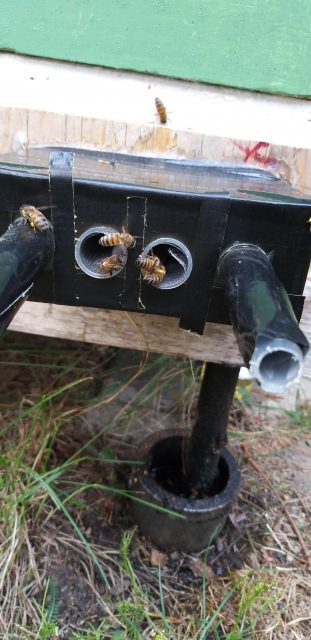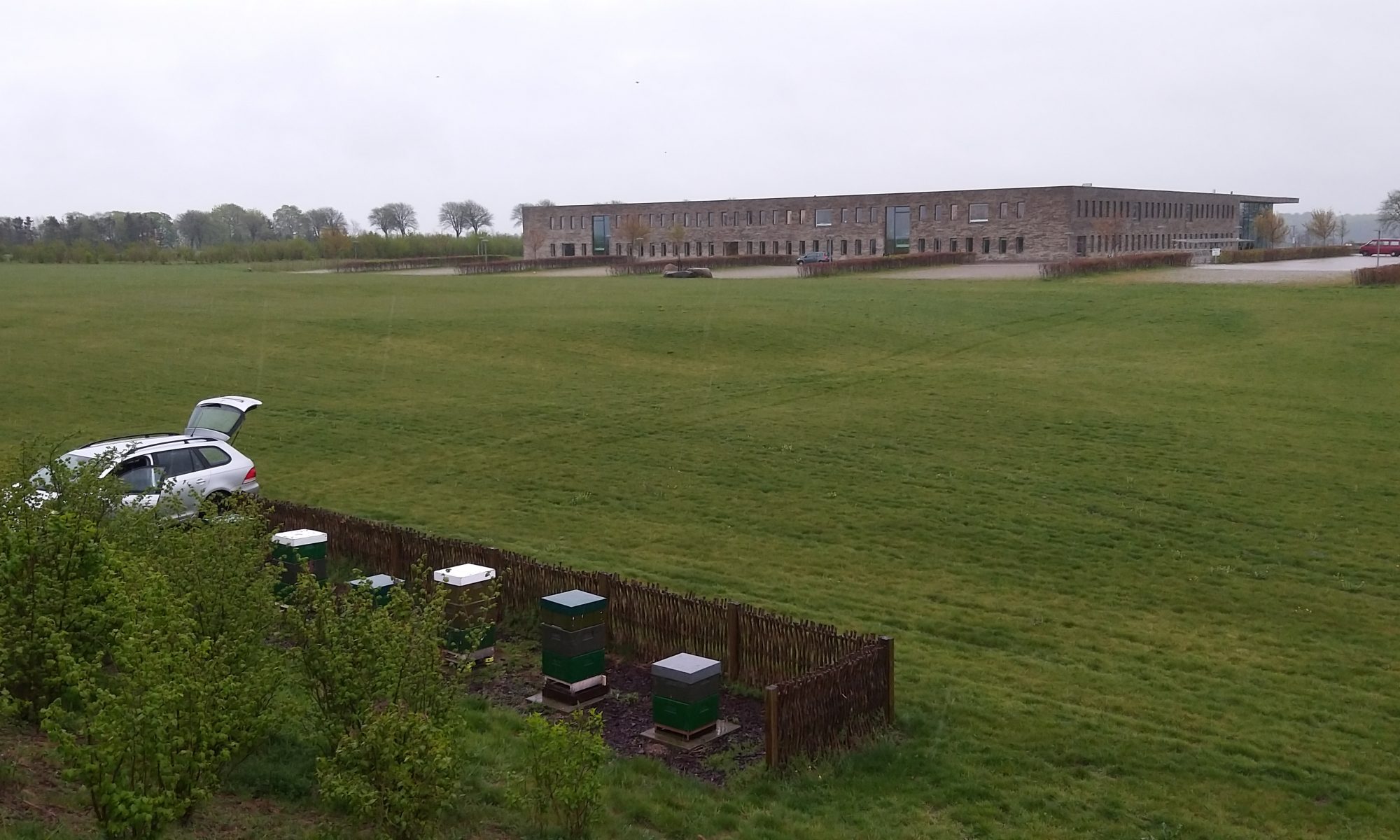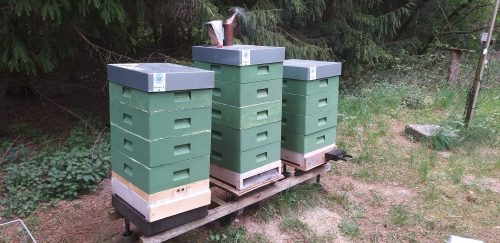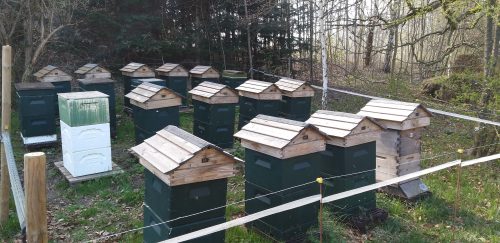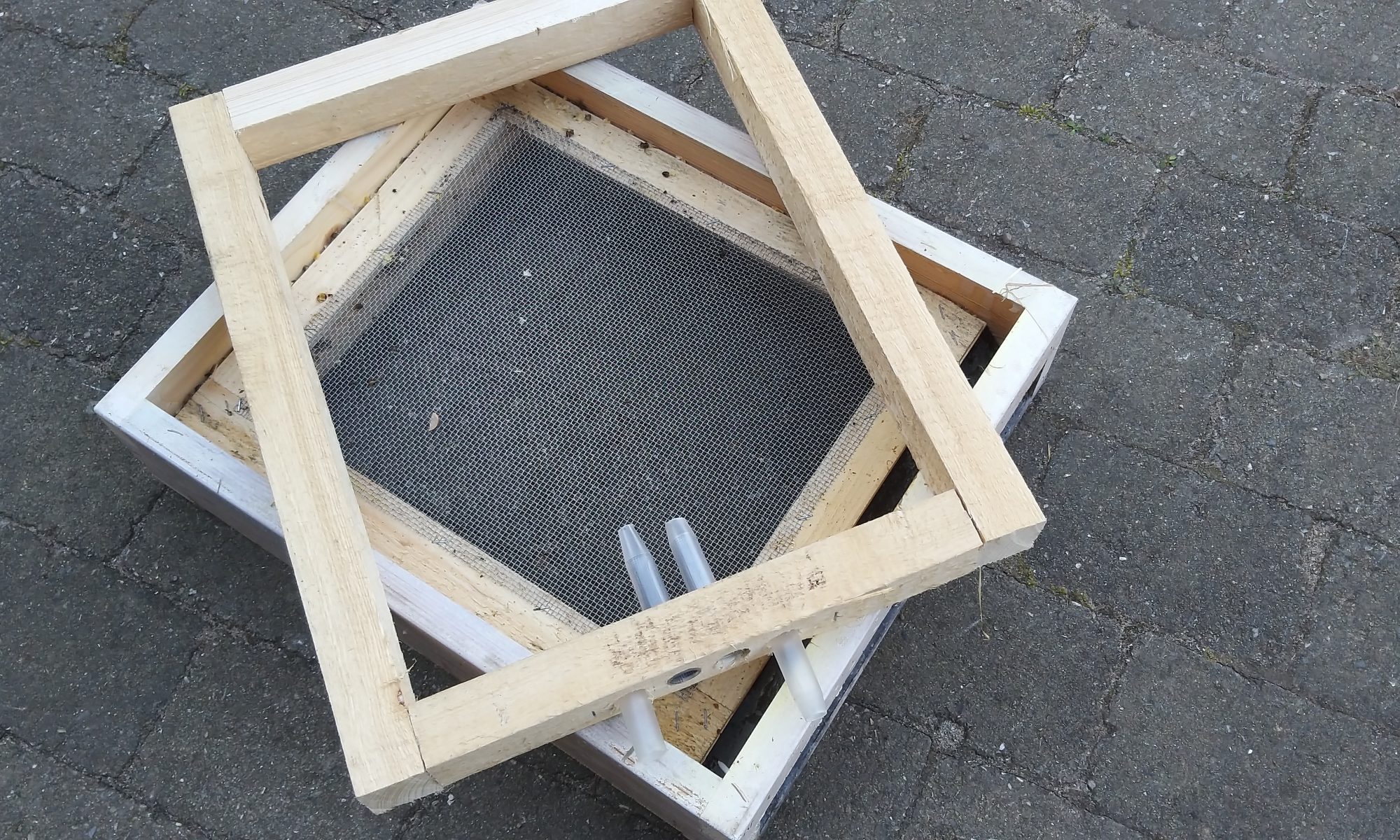
Denmark is a heavy farming country. More than 60% of the surface is cultured landscape by farmers. In May the country is more or less yellow. You will see it when flying over the country. This year we have around 160.000 hectare of rape fields. Rape is a very good nectar and pollen flower give the main flow in Denmark. Rape honey is a very light and creamy honey. Danish customers love this honey. On the other side, it is a very intensive crop. From the putting the seed into the soil to the harvest, on average the rape culture is sprayed up to 6 times with pesticides.
Flemming Vejsnæs







